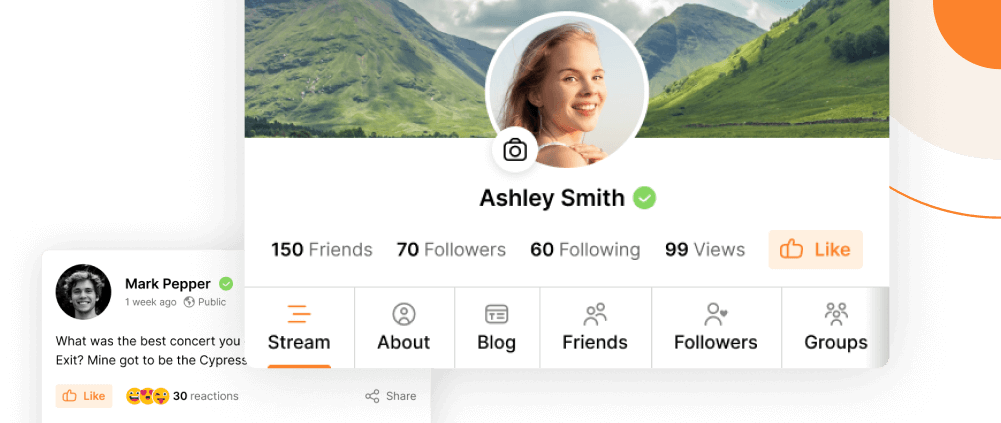Let’s refine your blogging skills to help build your online community. The next topic in this series is the (over)use of jargon. Honestly, you probably aren’t aware how much you use it and it isn’t all bad. You should use your terminology as long as you define it.
If you missed the last post, it’s all about featured images and how you should use them.
What is Jargon?
Jargon are the technical terms for words that are specific to your industry. The word jargon also refers to convoluted ways of describing things, but that’s really another subject entirely. We call it bad writing. Regardless, the first step in solving a problem is identifying it.
If you’re talking about glulam beams, for example, and your customer doesn’t understand what you’re saying, you need to define that term. An old boss used to be super frustrated with this until I pointed out what he didn’t realize. He knows what glulam beams are because he’s been in construction for his whole life. The general population doesn’t.
Go back through your last email to a customer or even your most popular product page. Are there any words that your mom wouldn’t understand? How about your next-door neighbor?
How Can You Tell if You’re Using Jargon?
Customer conflict, excessive product returns, and consistently bad reviews are a sign of poor communication. Part of your customer communication is managing expectations. This is a key component to customer happiness. If your customer doesn’t understand that a widget needs an adaptor to work (solve their problem), they will be unhappy.
“It doesn’t work” frustrates customer and technical support. But that’s the problem. Your customer isn’t educated enough to describe the problem. Whose fault is that?

What is the Effect of Jargon?
While we end up blogging (talking) about things we presume everyone knows, we may be unintentionally turning people off. Why? Jargon is an exclusive language.
“Third, jargon can be culturally isolating. While it may be easy to throw in and make your content marketing sound catchy, it often makes no sense.”
Digital Firefly
The goal of your PeepSo community is to include people so that you can grow and flourish. To reconcile the two, use a term, and then define it. Maybe you need a glossary. That’s a great section on your website. Frequently Asked Questions (FAQ) is a common page found on websites. Basically, it can also be a glossary.
Communication and Jargon
Community is all about healthy, active communication. If your community isn’t active and thriving, it could be that they feel uneducated. Worse, in product marketing, communication problems arise — along with returns — when people make presumptions.
Customers don’t ask the right questions. No one wants to look or feel stupid. “When you say ‘meta description’ what do you mean by that?” “What is a glulam beam?” “Is my website a blog?”
Make a list of some of the technical terms you use and define them. This will give you a good start for blog topics and things to discuss with your community. There are always new people joining in.
For example, I could have said, “This will give you a good start on your content marketing to engage your audience.” If you’re new to blogging, you probably don’t know it’s “content marketing.” I didn’t for years. Yep. True story.
Engage Your Community
Content marketing or blogging (see what I did there?) brings people to your site – which helps build your community. With PeepSo, you can host a growing and thriving community. How will you engage your community?




Reactions & comments
Comments